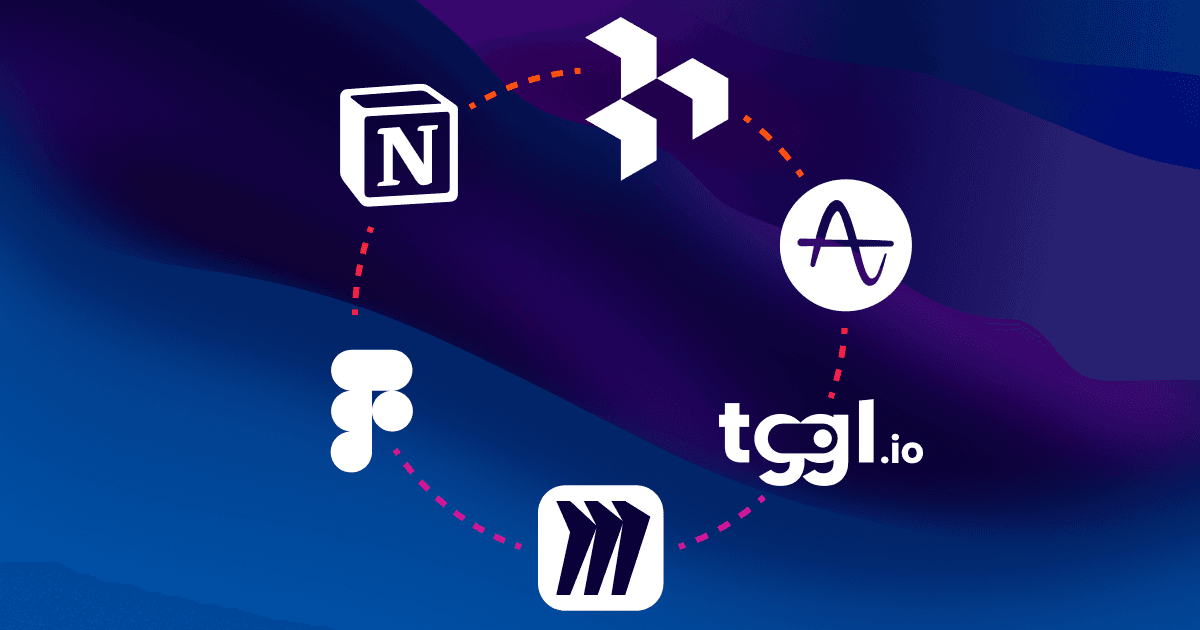DORA metrics: the key to faster, more reliable releases

Delivering reliable software quickly is the goal of every development team, but keeping up with speed and quality can be challenging. DORA metrics—developed by the DevOps Research and Assessment team—offer a way to track how well teams are doing in these areas. These four metrics measure key aspects of software delivery and give teams a clear view of where to improve for faster, more reliable releases.
In this guide, we’ll go over each DORA metric and share practical tips on how to boost them. Whether it’s improving deployment frequency or reducing recovery time, we’ll explore ways to strengthen your DevOps process so you can deliver better software, faster.
What are DORA metrics?
DORA metrics are four key measurements that help DevOps teams assess and improve software delivery performance. Developed by the DevOps Research and Assessment (DORA) group, these metrics focus on the speed and stability of software releases. By tracking these metrics, teams can identify areas for improvement, optimize workflows, and ultimately deliver better software faster.
The four DORA metrics are:
Deployment frequency
This metric measures how often code changes are deployed to production. High deployment frequency usually means that your team is agile, shipping updates and new features quickly in response to customer needs. For most teams, frequent, smaller deployments reduce the risk of issues during releases and make it easier to spot and resolve any problems.
Lead time for changes
Lead time for changes tracks how long it takes for committed code to reach production. Shorter lead times indicate that a team efficiently moves changes from development to release, helping them respond to feedback and adapt quickly to user needs. Reducing lead time allows your product to stay aligned with changing priorities and market demands.
Mean time to recovery (MTTR)
MTTR measures how quickly your team can recover from a failure in production. When incidents happen, minimizing downtime is crucial to user satisfaction. A lower MTTR suggests that your team has strong monitoring, alerting, and rollback processes, enabling quick issue resolution and minimal disruption for users.
Change failure rate
Change failure rate is the percentage of code changes that cause a failure, such as a bug or incident in production. A lower change failure rate indicates reliable quality assurance and testing practices, ensuring that releases are dependable and maintain high standards.
By focusing on these metrics, DevOps teams gain a roadmap for improving speed, resilience, and overall performance, setting them on a path toward faster, more reliable software delivery.
How to improve your DORA metrics
Improving DORA metrics is a practical way for DevOps teams to boost software delivery performance. Here’s how to address each metric:
Deployment frequency
Increasing deployment frequency often means shifting to smaller, more frequent releases. Feature flagging tools like Tggl allow teams to deploy code continuously while controlling when features are visible to users. This approach minimizes the risk of large releases and allows teams to test changes incrementally.
Lead time for changes
Reducing lead time for changes requires efficient code review, testing, and deployment processes. Automating testing and integrating continuous integration (CI) pipelines can speed up the movement from code commit to release. Using tools like Tggl to manage feature flags also reduces bottlenecks, letting you release updates without waiting on full deployment processes.
Mean time to recovery (MTTR)
MTTR can be improved by having a strong incident response plan, clear monitoring and alerting systems, and the ability to roll back problematic changes quickly. Using feature flags with Tggl, for example, teams can turn off faulty features without redeploying, which speeds up recovery time and reduces downtime for users.
Change failure rate
Lowering the change failure rate depends on strong testing and quality assurance practices. Running comprehensive tests before deployment, implementing robust error-checking systems, and using feature flags to roll out changes gradually all help reduce failure rates. With tools like Tggl, teams can limit risky changes to a small percentage of users first, minimizing exposure if issues arise.
By applying these strategies, DevOps teams can improve their DORA metrics, leading to faster, more reliable releases.
How Swan improved DORA metrics with Tggl
To see how DORA metrics can be improved with the right tools, let’s look at Swan, a fintech company focused on secure, high-quality software delivery. Swan used Tggl’s feature flagging capabilities to refine their deployment process and improve their DORA metrics, particularly in deployment frequency and lead time for changes.
With Tggl, Swan was able to:
- Increase deployment frequency: Feature flags allowed Swan to release new features continuously, making small, incremental updates rather than waiting for larger releases. This approach increased deployment frequency without compromising quality or security.
- Reduce lead time for changes: Tggl’s ability to manage feature rollouts gave Swan the flexibility to make changes quickly. By using feature flags, they could commit code and control its visibility, reducing the time between code completion and live deployment.
By leveraging Tggl’s tools, Swan improved their speed and resilience in software delivery, supporting a DevOps culture of faster, more reliable releases. You can read more about Swan’s experience with Tggl and how it helped them meet their DORA goals here.
Conclusion
DORA metrics offer a powerful way to track and improve software delivery performance, giving teams actionable insights into deployment speed, stability, and resilience. By focusing on deployment frequency, lead time for changes, mean time to recovery, and change failure rate, DevOps teams can pinpoint specific areas for improvement and drive more reliable releases.
To make real progress with DORA metrics, it’s essential to adopt practical strategies—like feature flagging for frequent deployments, automated testing to reduce lead time, and robust monitoring to speed up recovery times. Tools like Tggl play a key role in achieving these improvements, allowing teams to deploy changes incrementally, quickly recover from issues, and control risk with precision.
With a commitment to tracking and optimizing DORA metrics, development teams can boost their speed and reliability, delivering better software that meets user expectations and business goals.


